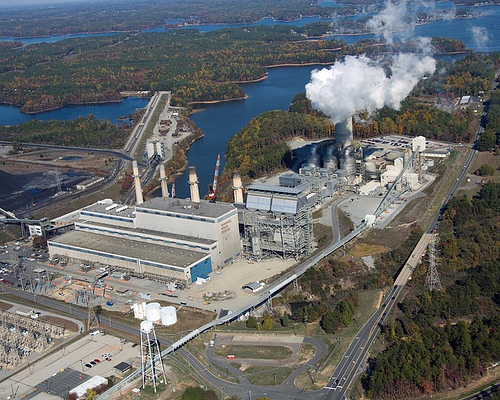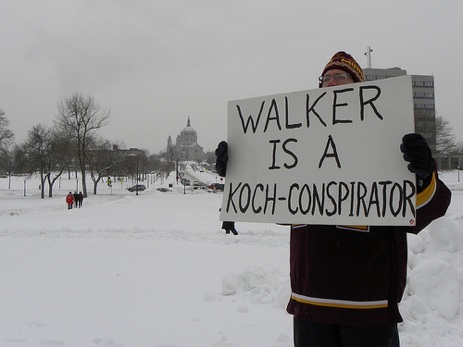 The regulations will require the installation of scrubbers at plants like this one.Photo: Duke EnergyEPA released revised regulations for industrial and commercial boilers and incinerators this week. Implemented under the Clean Air Act, the move is a step in the right direction for reducing air pollution. But it misses out on opportunities to maximize net economic benefits for the American public.
The regulations will require the installation of scrubbers at plants like this one.Photo: Duke EnergyEPA released revised regulations for industrial and commercial boilers and incinerators this week. Implemented under the Clean Air Act, the move is a step in the right direction for reducing air pollution. But it misses out on opportunities to maximize net economic benefits for the American public.
In this version, revised in the face of significant political backlash, the rules were made less stringent to lower compliance costs. Compared to an earlier draft of the rule, emissions limits for many pollutants are more forgiving, and some sources are exempt from specific limits and only need to perform a “tune-up.”
As a result, EPA estimates the annual implementation costs will drop by nearly $2 billion dollars. It will be interesting to see if this move has any effect in preempting criticism from industry and members of Congress opposed to environmental and public health protections.
That is unfortunate because, in this case, lower compliance costs for industry raises the price that the American public pays in exposure to harmful pollution. As David Roberts noted last week, they will have to pay for more doctors’ visits, the costs of more missed work days, and in some cases, more untimely deaths.
For almost every hazardous pollutant covered by the regulations, the revised rule permits more emissions than the original proposal (though certainly still a reduction from the business-as-usual status quo). For example, instead of cutting 16,500 pounds of mercury per year, the new rules cut just shy of 3,000. These are significant changes that may give those companies a discount, but the bill is ultimately paid by the public.
As we noted in our comments to EPA, in order to maximize net benefits and get the most bang for taxpayers’ buck, standards from last year’s proposal would have to be more stringent, not less. Some options to increase stringency would have even saved businesses money in the long run. For example, we advised EPA to expand a requirement for energy efficiency audits, so more sources would gain timely information about cost-effective cuts they could implement; EPA declined to strengthen this provision.
EPA is advertising that the new rules cut down on costs with no negative effect on benefits. But this isn’t due to the rule change; it’s due to a more precise economic analysis — if this were applied to the older rule it would likely display even more economic upshot from stronger protections.
After nearly a decade of study on this issue, EPA is right to move forward with these rules. They are cost-benefit justified and will go a long way in cleaning the air, keeping American’s healthy, and generating net economic benefits.
But it should be noted that the discrepancy between the cost savings from the new version of the rule isn’t free money for companies: The difference is paid by the public who will have to deal with doctors, hospitals, and in the worst cases, funeral expenses. There are true costs of allowing pollution to go unchecked.



